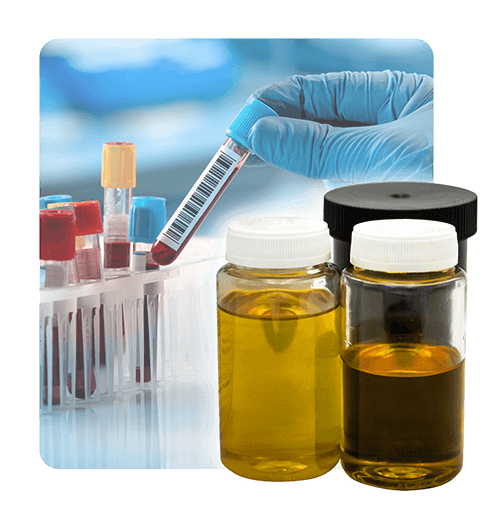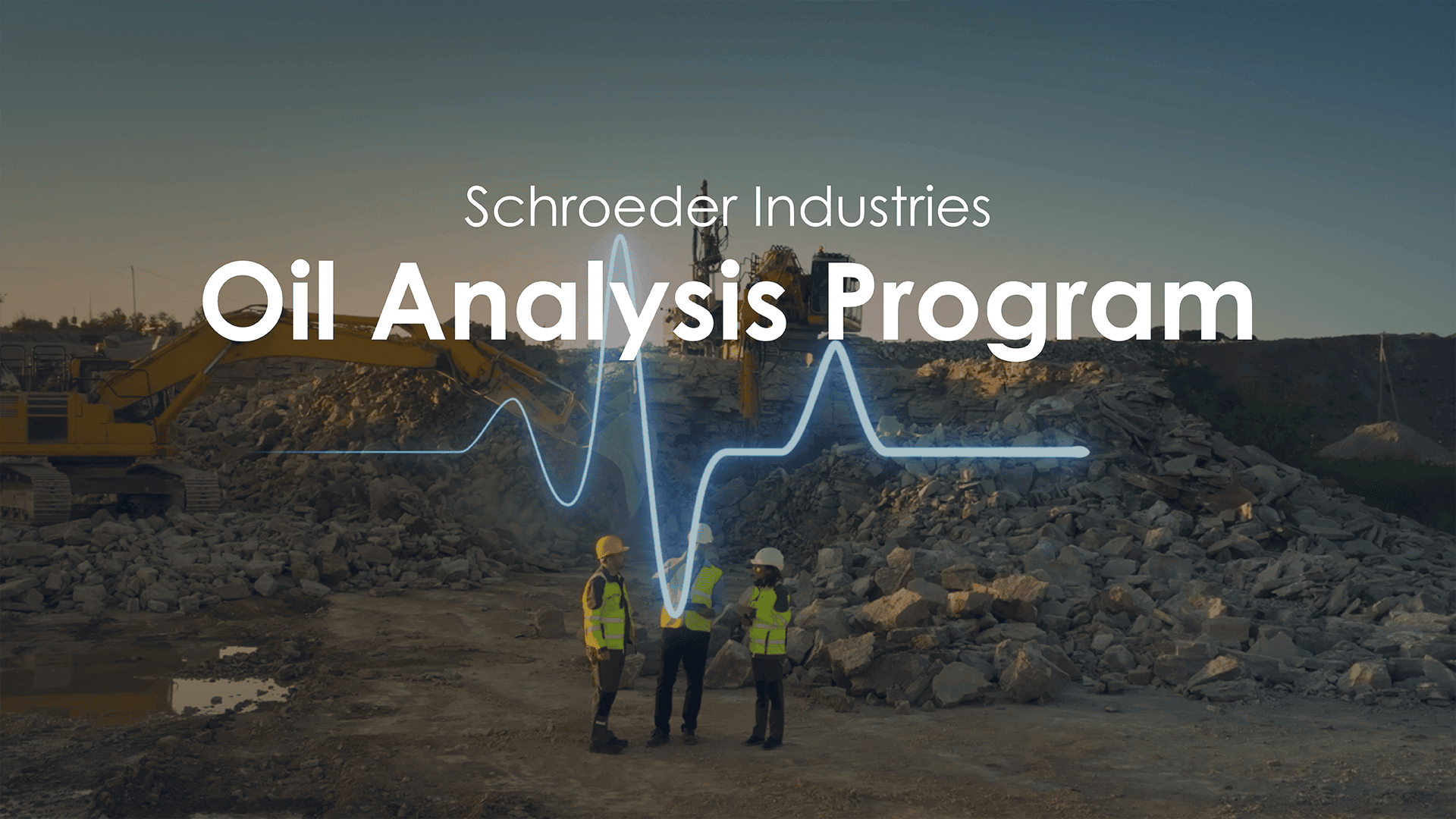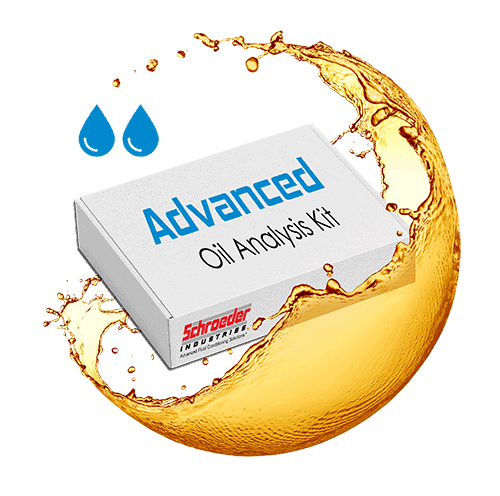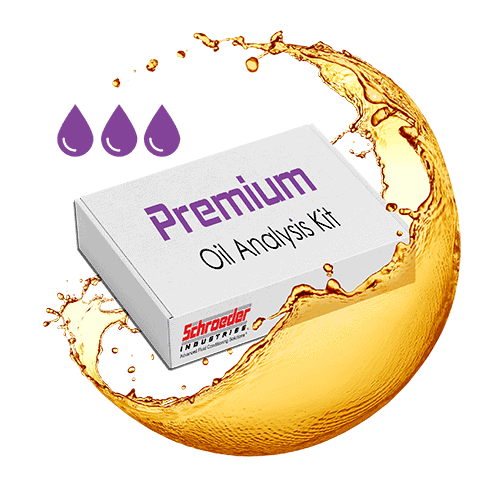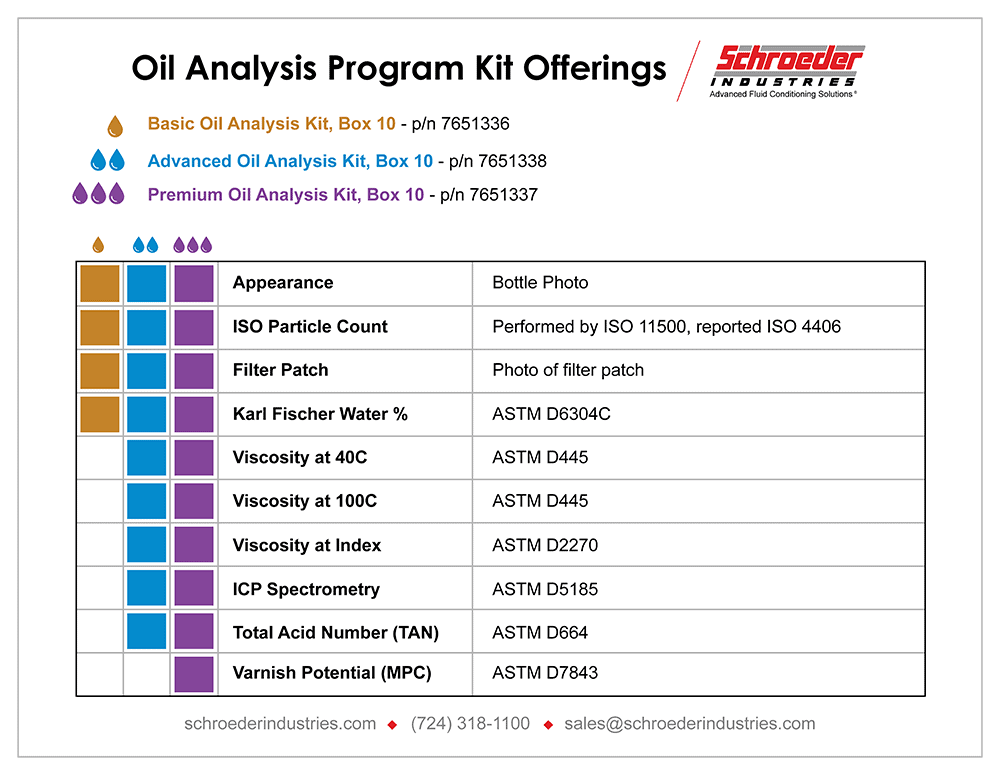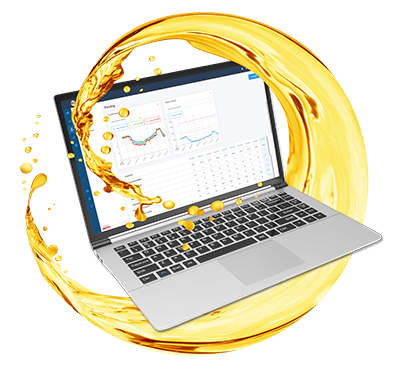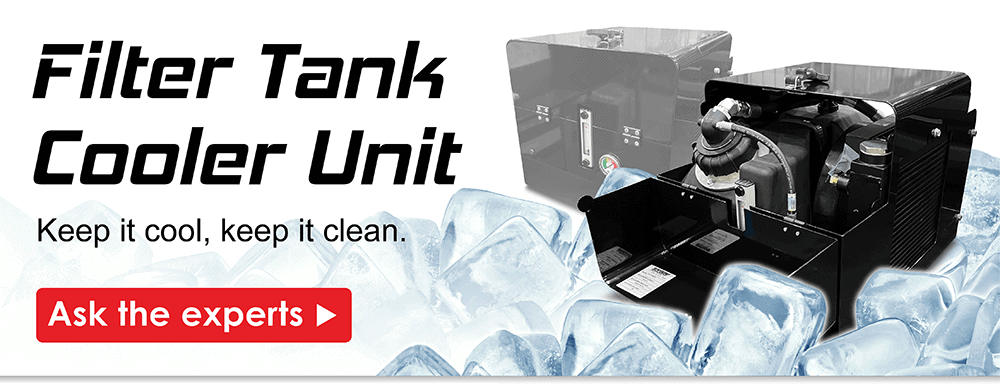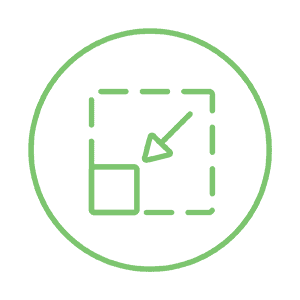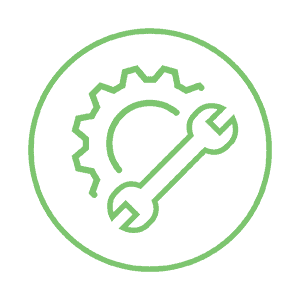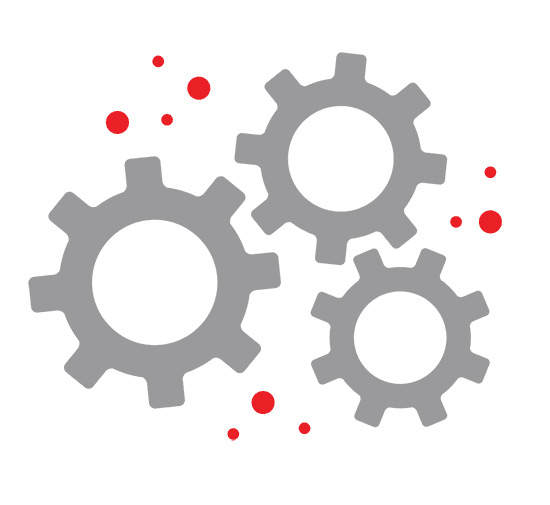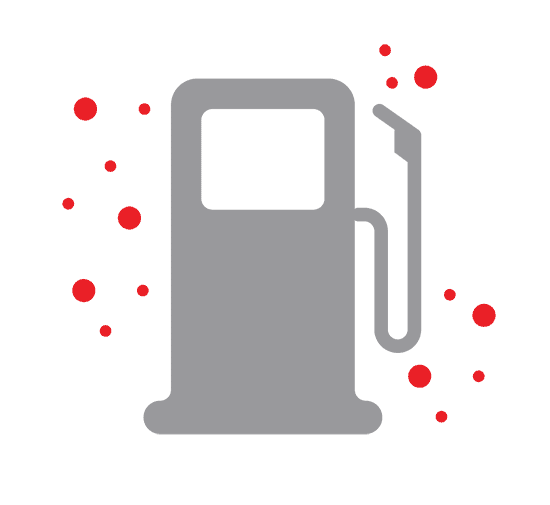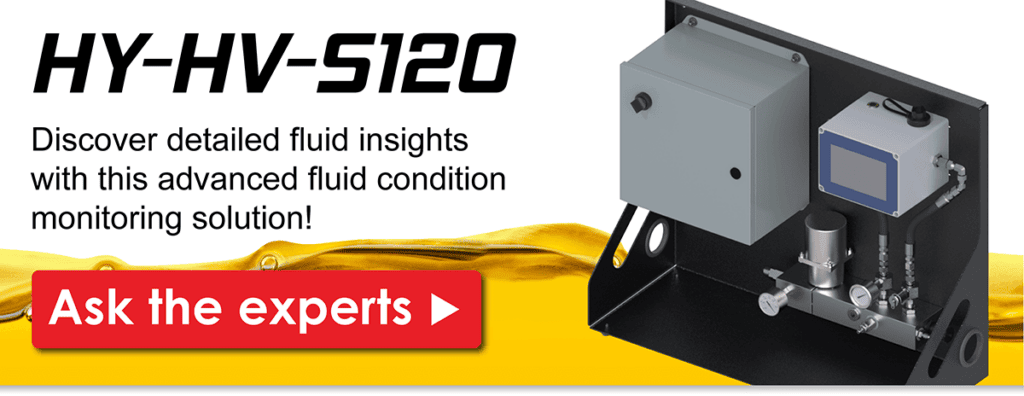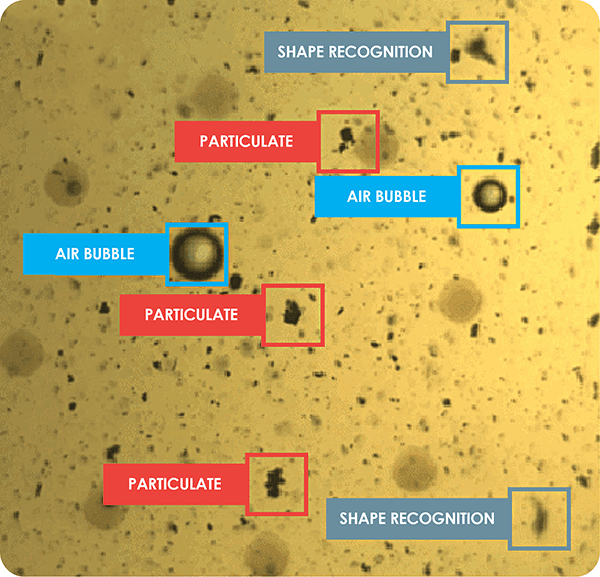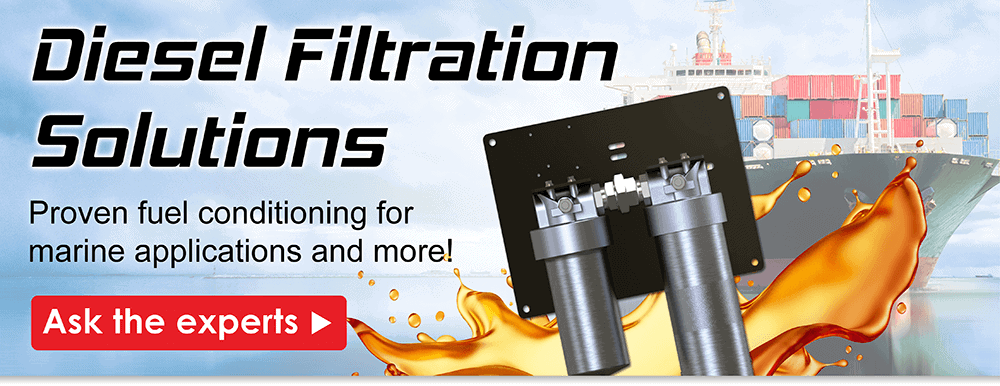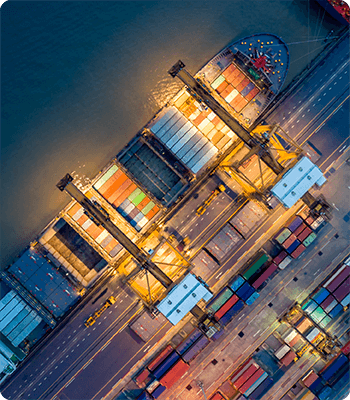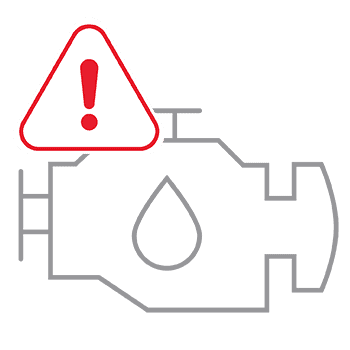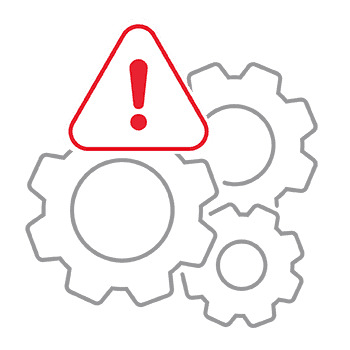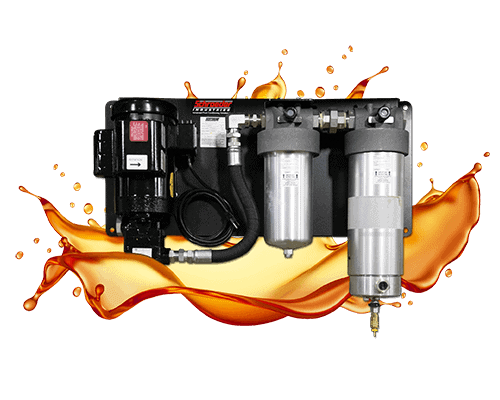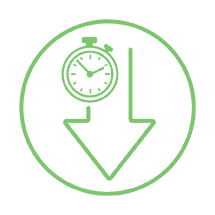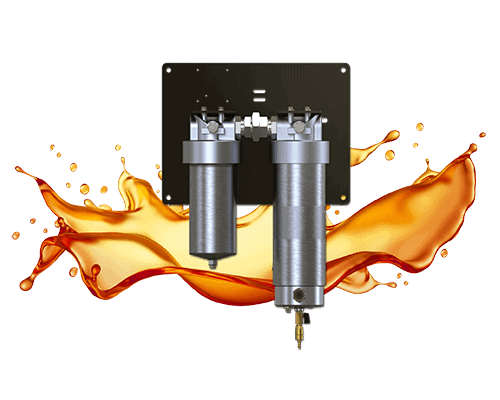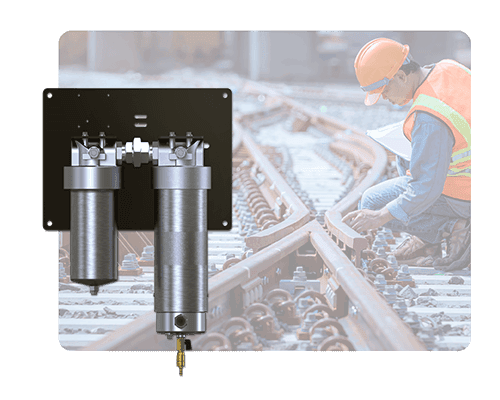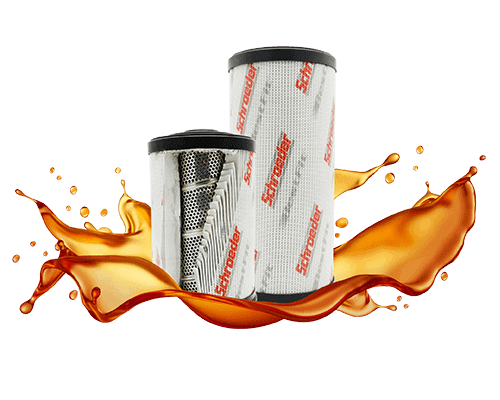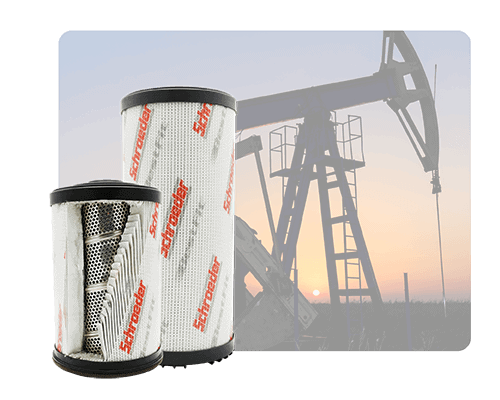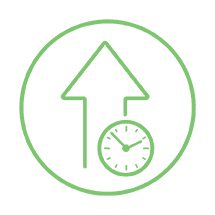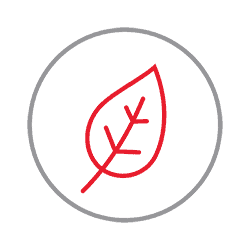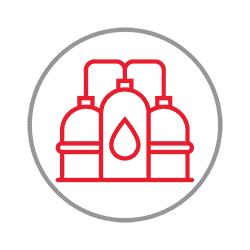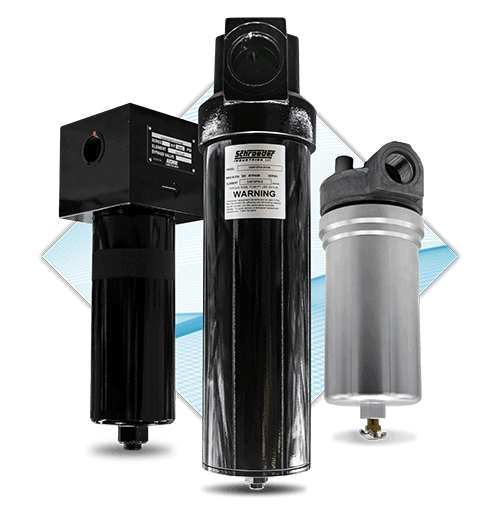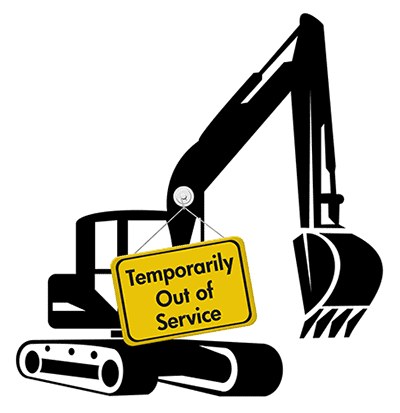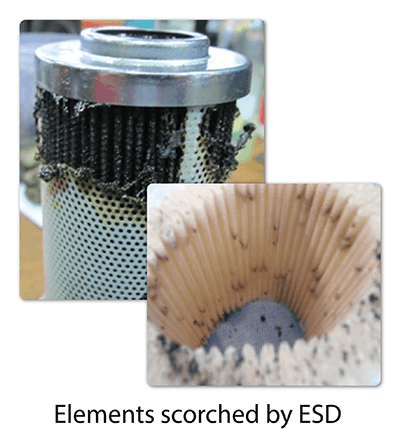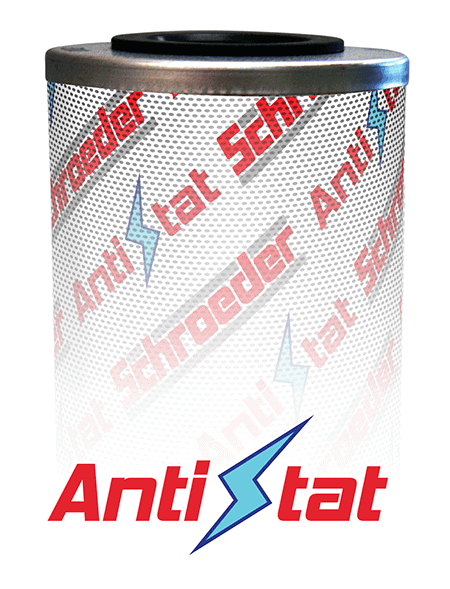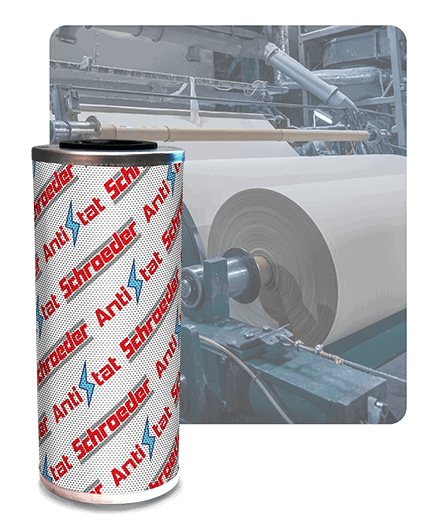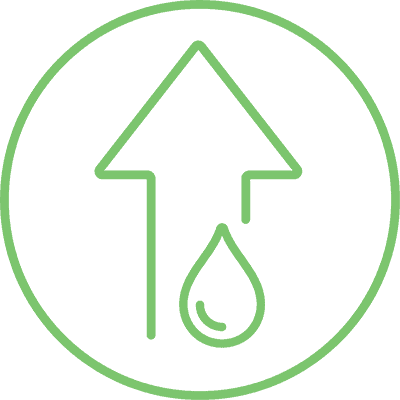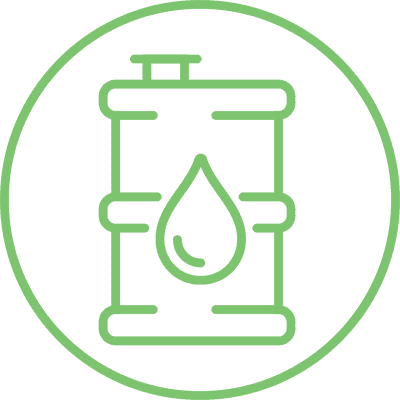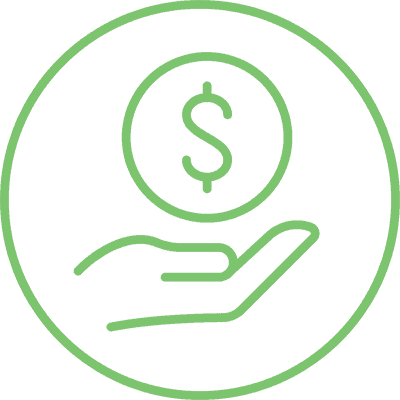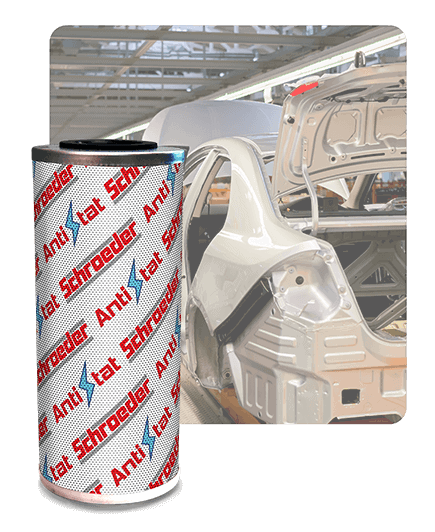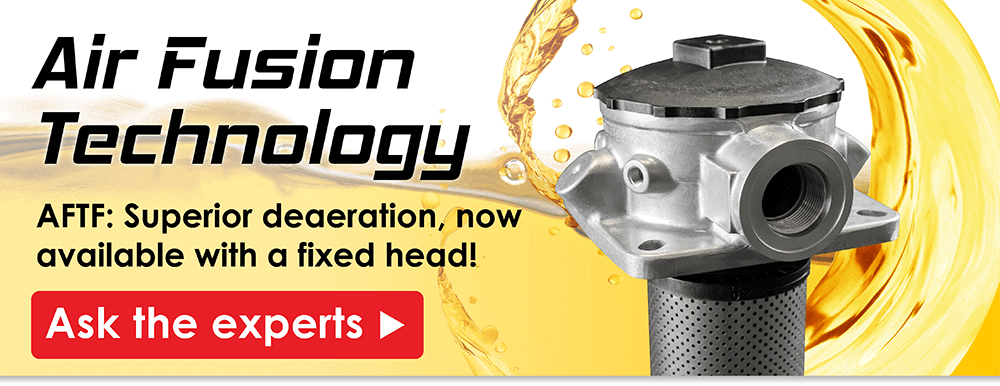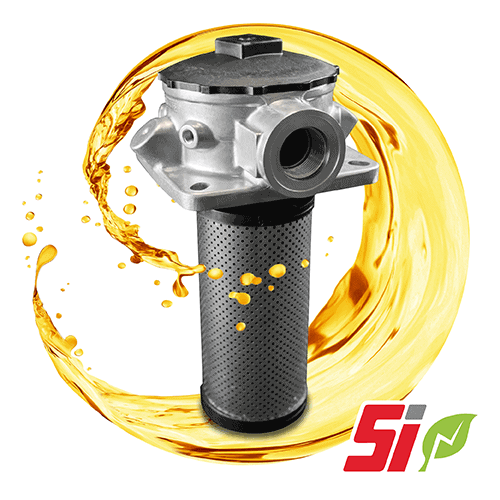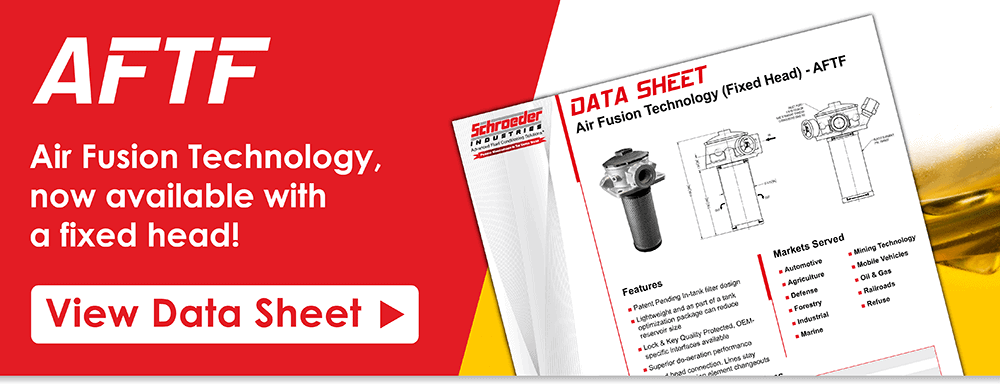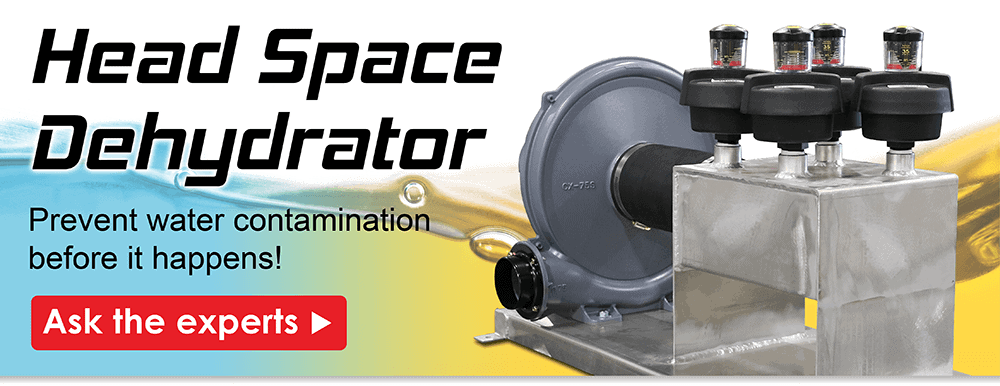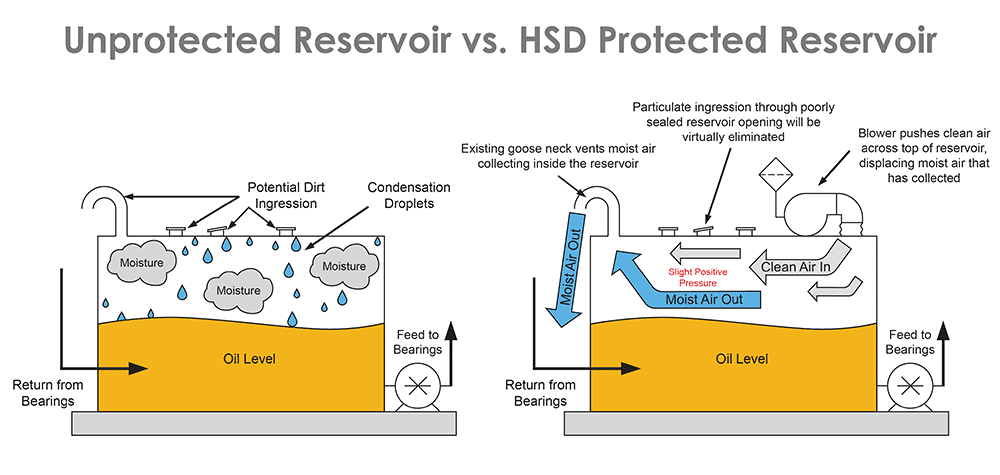The New Era of Sustainable Hydraulic Filters Unveiled
Comments Off on The New Era of Sustainable Hydraulic Filters Unveiled
Introducing a Waste-Eliminating Spin On Filter Alternative

>90%
reduction in wasted scrap metal

>80%
less hydraulic oil waste

>80%
reduction in CO2 emissions
Spin on hydraulic filters are a popular filtration option. These filters combine the filter housing and element as one complete unit, which can be quickly and easily screwed on and off the hydraulic system.
However, the disposable housing also greatly increases the overall cost per change-out. Additionally, there is massive material waste, as the filter housing is thrown away with the element when a spin on filter is replaced.
Enter the Sustainable Cartridge Bowl filter, or SCB!
This revolutionary filter offers the same spin on convenience, with a reusable housing bowl design. The innovative SCB offers a range of advantages:

The SCB’s Signature, Patented Innovation
The material and cost savings of the SCB are made possible through its reusable housing bowl.
The secure sealing and glass-infused, injection-molded nylon bowl provide a durable housing for the high-performance element within.

Robust outer bowl provides reusability and durability.
The outer portion of the bowl is injection molded plastic, supported by an internal steel tube and flange structure. This results in a lightweight, yet durable housing bowl.
The endcap of the filter element slides over the bowl, forming a seal along the outer rim and preventing operation without a filter element in place.
Coreless filter element design: higher performance, reduced waste.
The coreless filter element design with plastic caps makes disposal simpler. With support from epoxy-coated wire mesh, pleat stability, efficiency, and dirt holding capacity are increased. These premium filter elements also feature a higher pleat count and lower pressure drop, further improving their performance.

How Does the SCB’s Sustainability Compare to Conventional Spin-Ons
Traditional spin on filters contribute to waste and CO2 emissions in two primary ways: wasted scrap metal, and wasted oil.
This waste takes up landfill space and contributes to emissions released during production.
The SCB filter elements, however, are almost entirely plastic and can be easily crushed for efficient disposal. Between these elements and the reusable housing bowl, scrap metal waste is reduced by ~99%.
Extra oil may become trapped in a typical spin on housing, but the SCB only loses oil which has saturated the filter element.
Waste Reduction Example, per 1,000 spin ons:
M10 (cellulose 10 micron) Spin On
SCB Coreless Replacement Design

Being Green, Saves Green
The signature reusable housing bowl of the SCB isn’t just eco-smart: it’s far more cost effective than typical spin on filters.
With a reusable housing bowl, only the filter element must be replaced, which results in exponential savings after just a few element change-outs. And, with the SCB, the first kit comes with a spare element, meaning the first change-out is already paid for.
Over the lifetime of a given piece of equipment, savings can be substantial!

Contact Schroeder Industries or a verified Schroeder distributor for pricing details.
Increased Revenue in Spare Element ROI Strategy
The average aftermarket filter element retention for OEMs is just ~35%.
However, the Quality Protection built in to every SCB bowl and element prevents the use of subpar third-party elements. Not only does this help the end user protect their vital equipment, it can boost aftermarket retention for OEMs to as high as 100%.
Assuming 1,000 machines are produced per year, with 4 element changes per year, substantial gains in aftermarket revenue are possible through a spare element sales strategy:

For increased aftermarket retention, the SCB also includes private labeling options for the bowl and filter elements. To learn more about Schroeder Industries’ private labeling capabilities, view the Private Labeling Capabilities Form.
Engineered for Excellence
Schroeder Industries subjected the SCB to intensive laboratory analysis, validating its durability and performance under extreme testing conditions.

Tested for Toughness
Impact and leak-tested to verify durability.

Performs Under Pressure
Cyclic pressure tested to 175psi for 1 million cycles. Bowl burst rating >600psi for a 4:1 safety factor.

Exceptional Filtration
Balances higher dirt holding capacity with lower differential pressure drop versus conventional spin-on filters.

Longer Service Intervals
High-quality filter element design extends change-out intervals, keeping your equipment active for longer.

Withstands Extreme Conditions
Hot and cold cyclic tested to verify durability and high performance in extreme operating environments.

Good Vibrations
Vibration tested to BS EN 61373 spec; rated to endure extreme rail vibration harmonics.

The Sustainable Cartridge Bowl is part of Schroeder Industries’ Energy Sustainability Initiative, our mission to empower industries to reach their sustainability goals through filtration. Learn more about how Schroeder Industries and sustainability go hand in hand!











